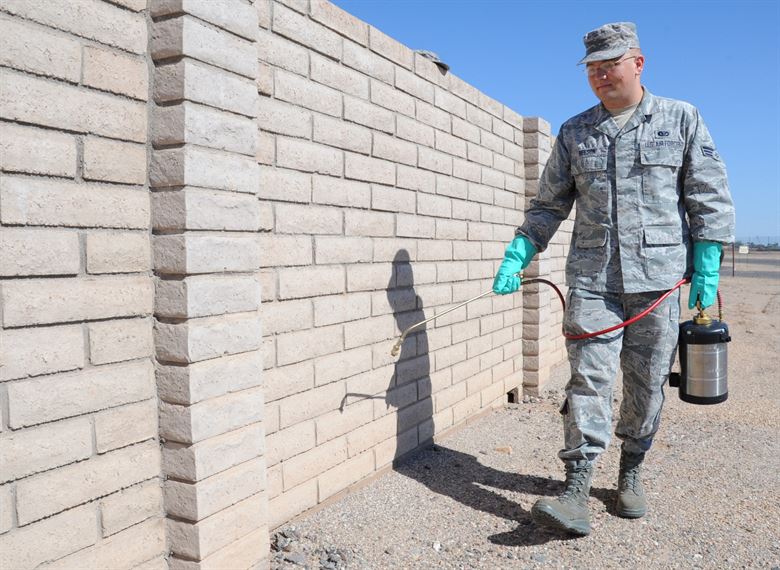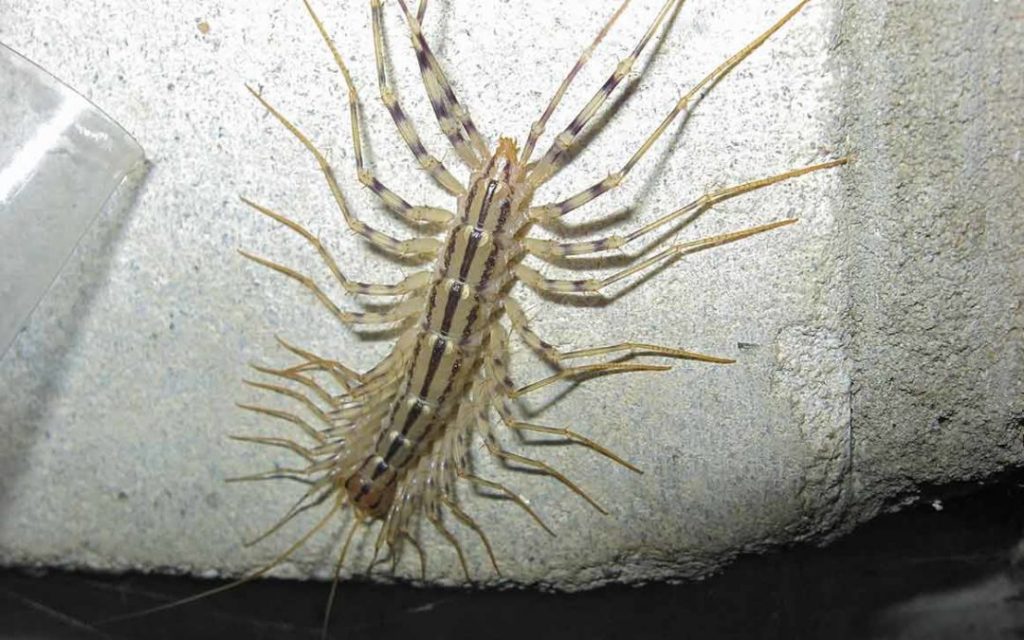Bed Bug Information for Burlington
What are bed bugs?
- Small biting insects that have a broad oval shape and no wings.
- Bed bugs do not fly; they crawl and hitch rides on clothing, furniture and luggage.
- Bed bugs in all stages of life are visible to the naked eye.
- Before feeding, adult insects are approximately 5 mm long (under ¼”) and brown in colour.
- After feeding they swell slightly and turn dark red.
- Young bed bugs (nymphs) are smaller and lighter in colour.
- Eggs are whitish, pear-shaped and about the size of a pinhead. Clusters of 10-50 eggs can be found on surfaces, cracks and crevices.
Where are bed bugs found?
- Bed bugs can be carried into the home on objects such as furniture and clothing.
- Bed bugs are found in hotels, motels, dorms, apartments, condos, homes and in some public places, such as businesses and offices.
- Bed bugs hide in small places like:
- Seams and folds in the fabric of mattresses, box springs, pillows or bedding
- Cracks in the bed frame and headboard
- Under chairs, couches, beds and dust covers
- Between the cushions of couches and chairs
- Under area rugs and the edges of carpets
- Between folds of curtains
- In drawers, bedside tables
- Behind baseboards, and around window and door casings
- Behind electrical plates and under loose wallpaper, paintings and posters
- In cracks in plaster
- In telephones, radios, clocks, ceiling light fixtures, smoke detectors
- Bed bugs travel mostly at night time for a feed but can be seen during the day if there is a heavy infestation.
What do bed bugs feed on?
- Bed bugs prefer human blood, but will also bite birds, bats and other mammals.
- Bed bugs bite all over the body, especially exposed areas such as the face, neck, upper torso, arms and hands.
- Bed bugs are most active at night and like to hide close to where they feed but can travel long distances to get a blood meal.
- Bed bugs can survive up to six months on a single blood meal.
How do I know if I have an infestation?
- You have itchy welts on your body.
- You find dark red or brown spots, eggs on mattresses, sheets, bed frames or walls.
- If there is a heavy infestation there may be a sweet musty smell and bed bugs may be seen during the day.
Are bed bugs a concern to my health?
- Bed bugs are not known to transmit infectious diseases to humans.
- Bed bugs may cause an allergic reaction and itchy welts to some people.
- Some people are more sensitive to bites and may have a localized reaction.
- Excessive scratching or picking the scabs may cause infections.
What can I do if I have bed bugs in my home?
Integrated Pest Management (IPM) is the best approach to remove bed bugs because it combines pesticides and other techniques like routine inspections of living areas, elimination of bed bug hiding spots and physical removal of bed bugs through cleaning.
- Inspect your mattress and bed frame, particularly the folds, crevices and the underside, and other locations where bed bugs like to hide.
- Use a nozzle attachment on the vacuum to capture the bed bugs and their eggs. Vacuum all crevices on your mattress, bed frame, baseboards and any objects close to the bed. It is essential to vacuum daily and empty the vacuum immediately.
- Wash all your linens in the hottest water possible and place them in a hot dryer for 20 minutes. Consider covering your pillows and mattress with a plastic cover.
- Remove all unnecessary clutter.
- Seal cracks and crevices between baseboards, on wood bed frames, floors and walls with caulking. Repair or remove peeling wallpaper, tighten loose light switch covers, and seal any openings where pipes, wires or other utilities come into your home (pay special attention to walls that are shared between apartments).
- Monitor daily by setting out glue boards or sticky tape (carpet tape works well) to catch the bed bugs. Closely examine any items that you are bringing into your home.
- Consult professional pest control services and discuss options that pose the least risk to humans and the environment.
- If you are a tenant, notify your landlord or property manager that your rental unit has bed bugs so that they can arrange for treatment by a pest control professional.
A Pest Control company should describe the treatment process to you and tell you how to prepare your home for treatment. Your home should be treated at least two times, 10 to 14 days apart, to effectively remove bed bugs.
What do bites from a bed bug look like?
Individual responses to bed bug bites will vary. The skin lesion from bed bug bites may go unnoticed, or be mistaken for flea or mosquito bites or other skin conditions. There are four types of skin rashes: 
- Localized red and itchy flat lesions are the most common rash. These are often in a linear group of three.
- Small raised red swelling lesions are also common.
- In rare cases, people may develop large raised, often itchy, red welts.
- In people with high sensitivity to bed bug saliva, people may develop a lump filled with blood or fluid.
How do I treat bites from a bed bug?
- Most bed bug bites go away by themselves and don’t need treatment.
- Keep the skin clean and wash with antiseptic soap.
- Avoid scratching. If the bites are very itchy, your doctor may prescribe cream or antihistamines to relieve the itchiness. Oral antibiotics may be prescribed for any secondary skin infection.
How can I prevent bed bugs from entering my home? Although even the cleanest homes and hotels can have bed bugs, regular house cleaning, including vacuuming your mattress, can help to prevent an infestation.
- Clean up clutter to help reduce bed bug hiding places.
- Use caution if bringing used furniture or clothing into your home. Thoroughly inspect all items for any signs of bed bugs.
- Routinely inspect for sign of bed bugs whenever changing bedding. The earlier a problem is identified, the less difficult it is to treat.
- Consider installing a mattress cover to completely enclose the mattress and another for the box spring.
- When traveling, inspect hotel rooms for signs of bed bugs before you unpack your luggage.
- Keep all belongings in your luggage and keep on the shelf or away from the floor, furniture or bed.
- Check your luggage as soon as possible when returning from a trip. Wash all clothing and bedding immediately after returning from a trip. Luggage can be vacuumed if necessary.
What are some myths about bed bugs?
MYTH: Only people who are dirty and untidy get bedbugs. FACT: Bed bugs in your home doesn’t mean you are not clean. Even the cleanest homes and hotels can get bed bugs. Bed bugs are attracted to people by body heat and carbon dioxide (from breathing). In short, bed bugs can affect anyone.
MYTH: Keeping lights on in a room will prevent bedbugs from emerging. FACT: While bed bugs do prefer darkness, keeping the lights on will not prevent them from biting you. In heavy infestations, it is not unusual to see live bed bugs active during the daytime hours, in full light.
MYTH: Banning pesticides like DDT have caused a re-emergence of bed bugs. FACT: Banning pesticides did not cause the re-emergence of bed bugs. More careful, and targeted pesticide uses, along with pesticide resistance, increased global travel, and lack of knowledge about the control of bed bugs have all likely played a role in the re-emergence.
Information Source: Toronto Public Health
Call Action Pest Control @905-318-1242 today!




